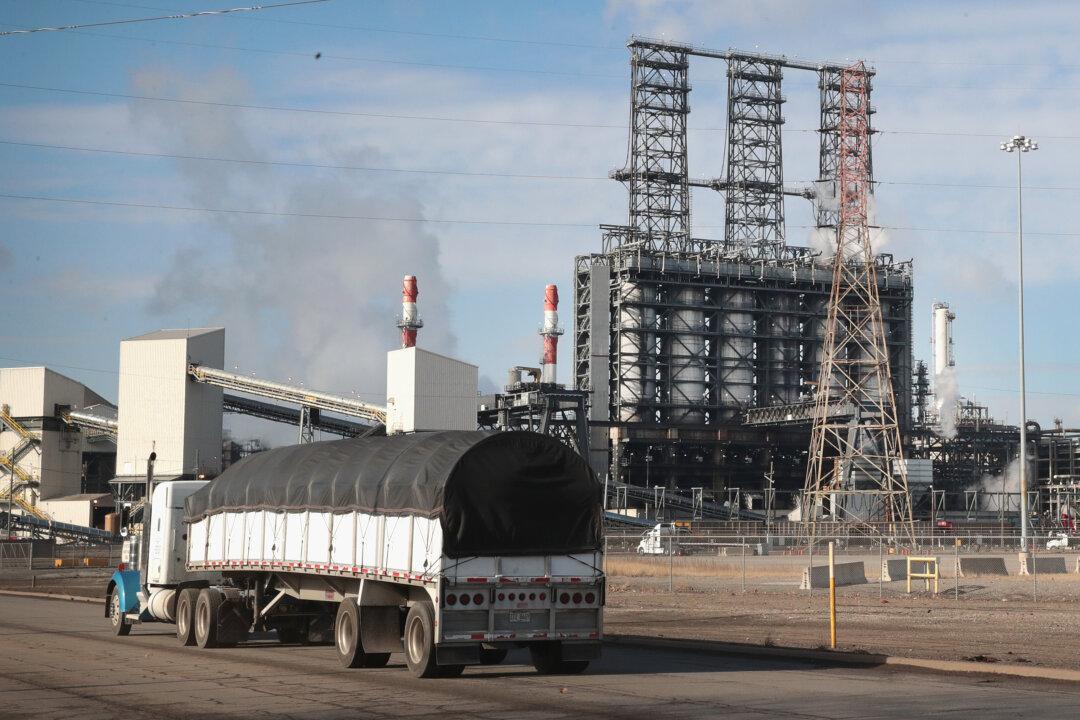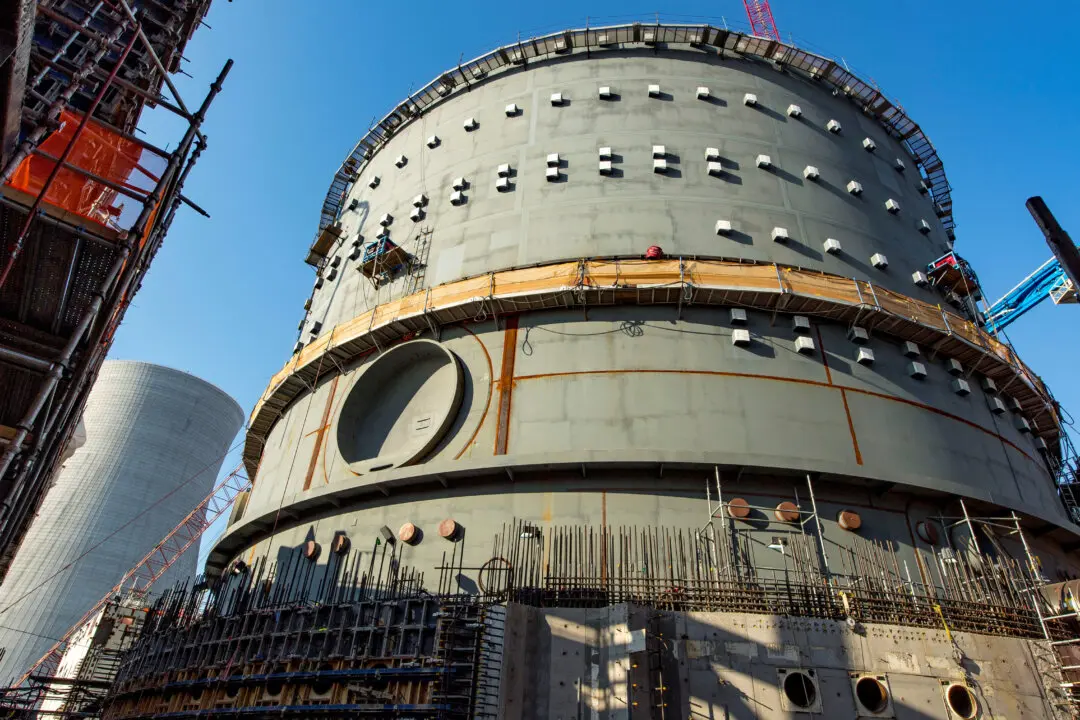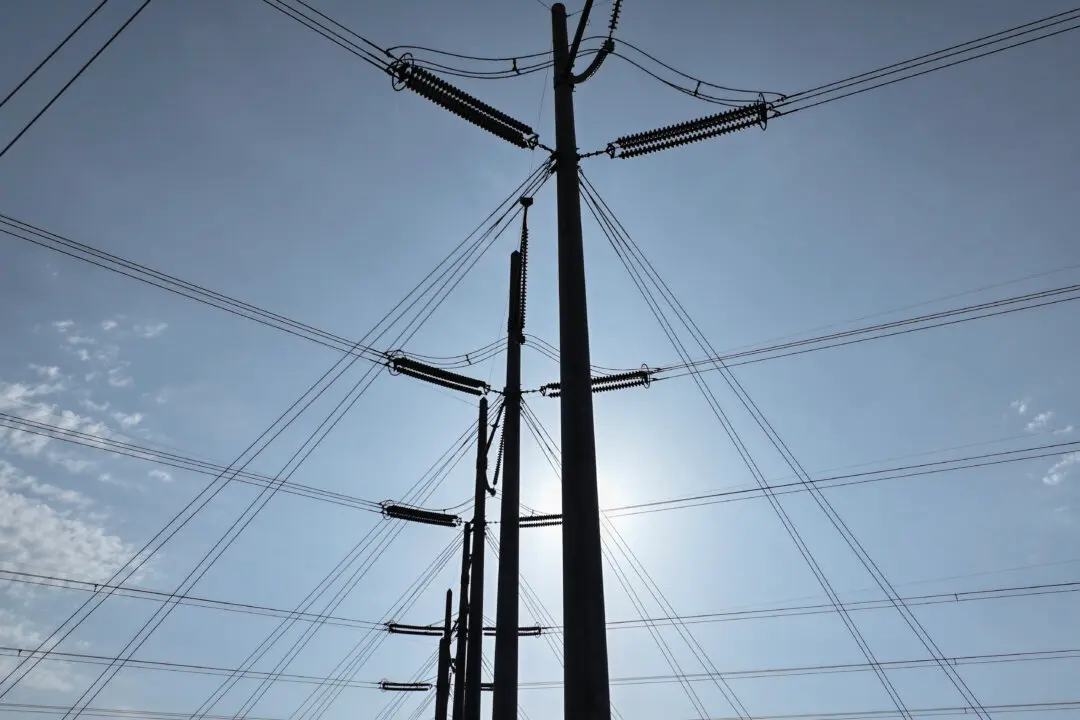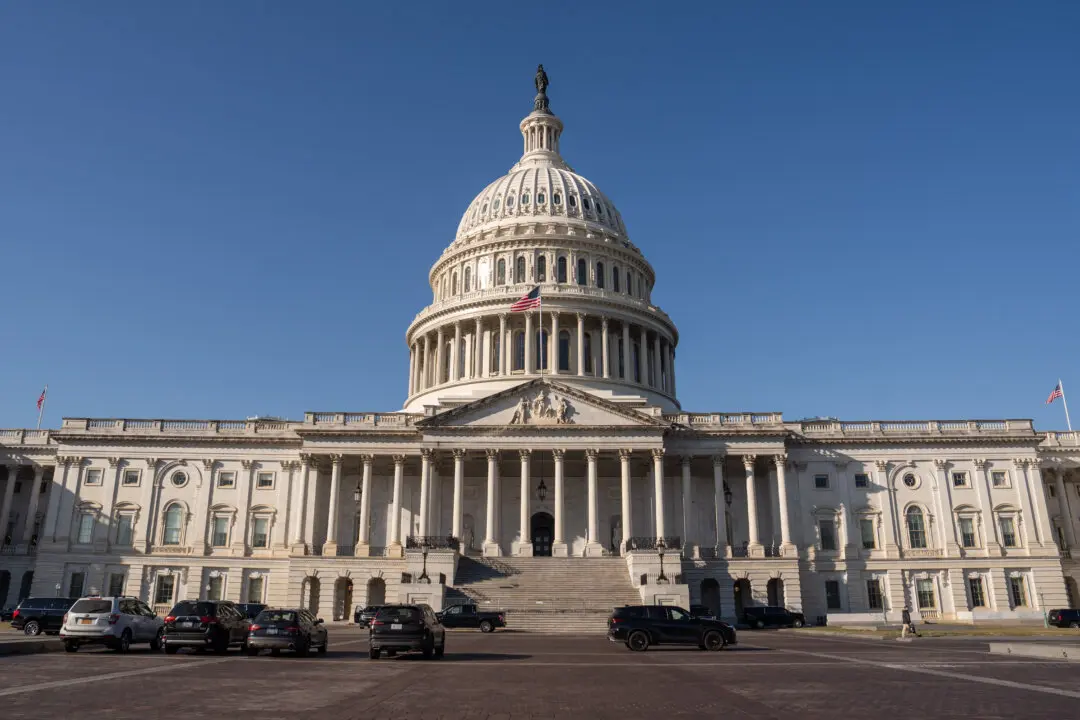Russia’s war with Ukraine has many nations examining ways to shorten supply lines by generating more domestic energy, which will speed a global transition away from fossil fuels “to a more decarbonized system,” BP Chief Economist Spencer Dale forecasts.
“Right now, oil and gas are the most heavily imported sources of energy in the world,” he said, but the war has fostered “heightened concern over energy security,” which will “accelerate the nature of the energy transitions” to favor domestic generation, much of which “will likely be in non-fossil fuels, such as wind, solar, nuclear.”





